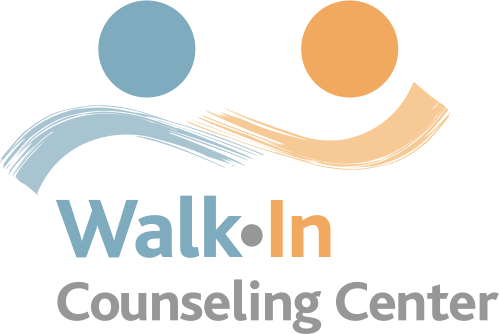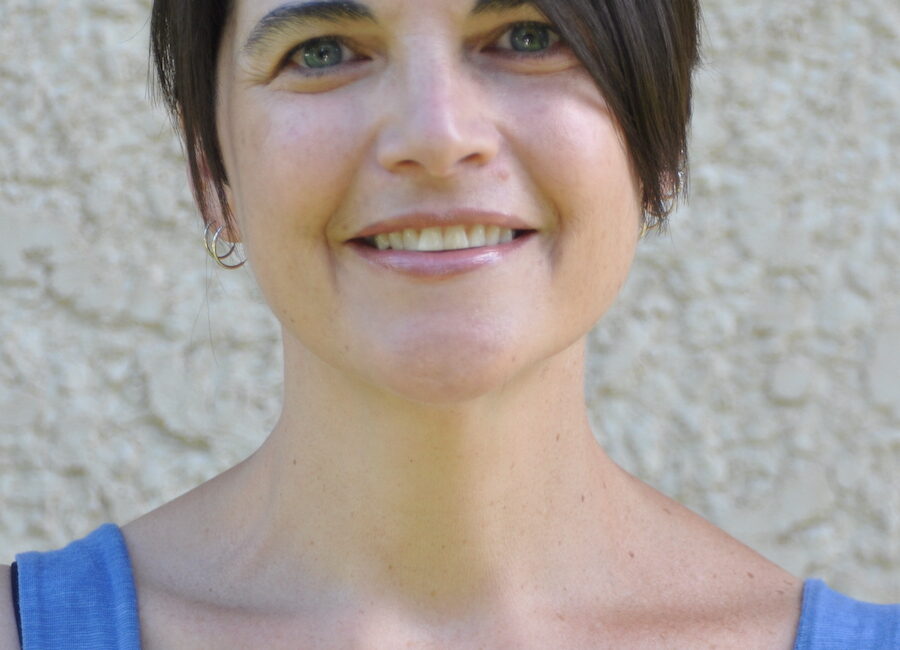When Laura Y. joined Walk-In as a volunteer counselor in 2016, all clients seeking free, no-appointment counseling were finding it by walking through the door at 2421 Chicago Avenue.
In March 2020, when the pandemic pushed Walk-In services to computer and phone only, the “walking in” experience changed. And yet, there’s one thing that stands out for Laura because it has stayed exactly the same: “People can always present as exactly who they are – and get their needs met.”
Practicing social work in a supportive, non-judgmental way “has felt fiercely important to me from the beginning,” and that value is mirrored at Walk-In, Laura says.
Her first job after graduating from college in the 1990s was for the Colorado AIDS Project. “I was drawn to the HIV field and working with gay and transgender people, even before I came out myself” a few years later. “There was a lot of fear, anxiety and discrimination around HIV then. There is still discrimination now.”
After getting a master’s degree in social work, Laura worked for 15 years in a variety of settings, including as a supervisor at a community inpatient mental health unit. She began to feel burned out, and at one point, she recalls, “I hit a wall. I just had to change things up.” So she changed fields and began working in a non-profit fundraising office.
She began volunteering at Walk-In so she could continue to practice clinical social work and serve the community.
The challenges people bring to Walk-In are much the same as they were before COVID, Laura notes. But the isolation brought on by the pandemic has worsened some people’s situations.
During one clinic, a recently retired woman called in from a rural town and spoke with Laura about being full of sadness – and isolated as well. “I really felt for her,” Laura recounts. Disconnected from the workplace, living alone, and unable to drive because of vision loss, this client had few options but managed to find Walk-In. In this case, Walk-In’s remote services made access to services possible, and she was able to schedule several sessions of counseling.
Another caller Laura remembers was a bipolar woman experiencing a manic episode, “tinged with paranoia. She was really struggling,” Laura recalls. Unable to access services because of a long wait time – a common problem – this woman called Walk-In.
“We were able to talk about her situation and come up with a concrete plan.” While assessing this client’s sources of support, it became clear that she was also suffering from isolation. “She felt so alone, but she was able to reach out, connect with someone right away, and have this normalizing conversation.”
Helping people in crisis as part of a clinic team has been a gratifying experience that keeps Laura coming back. “Walk-In is an incredible organization,” Laura says. “It’s mind-blowing that there is an army of volunteers providing this important service.”

